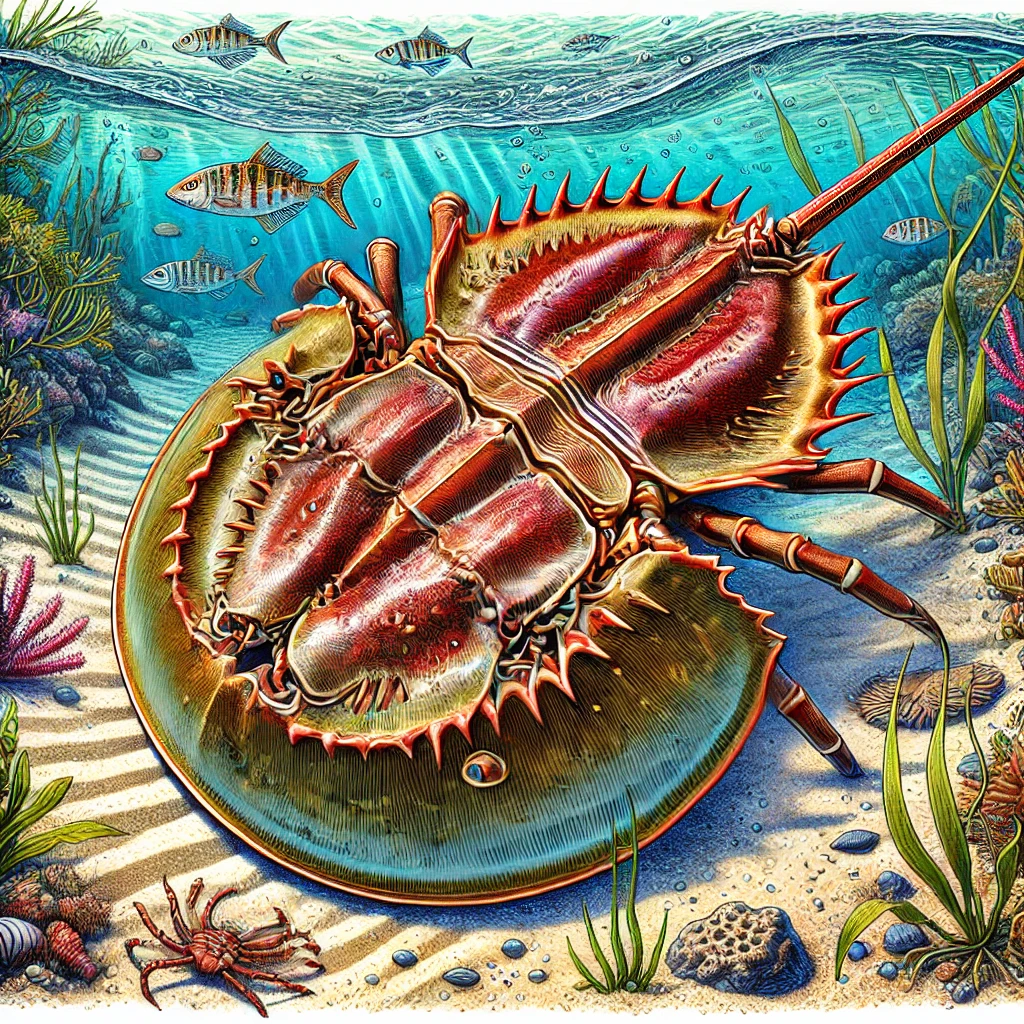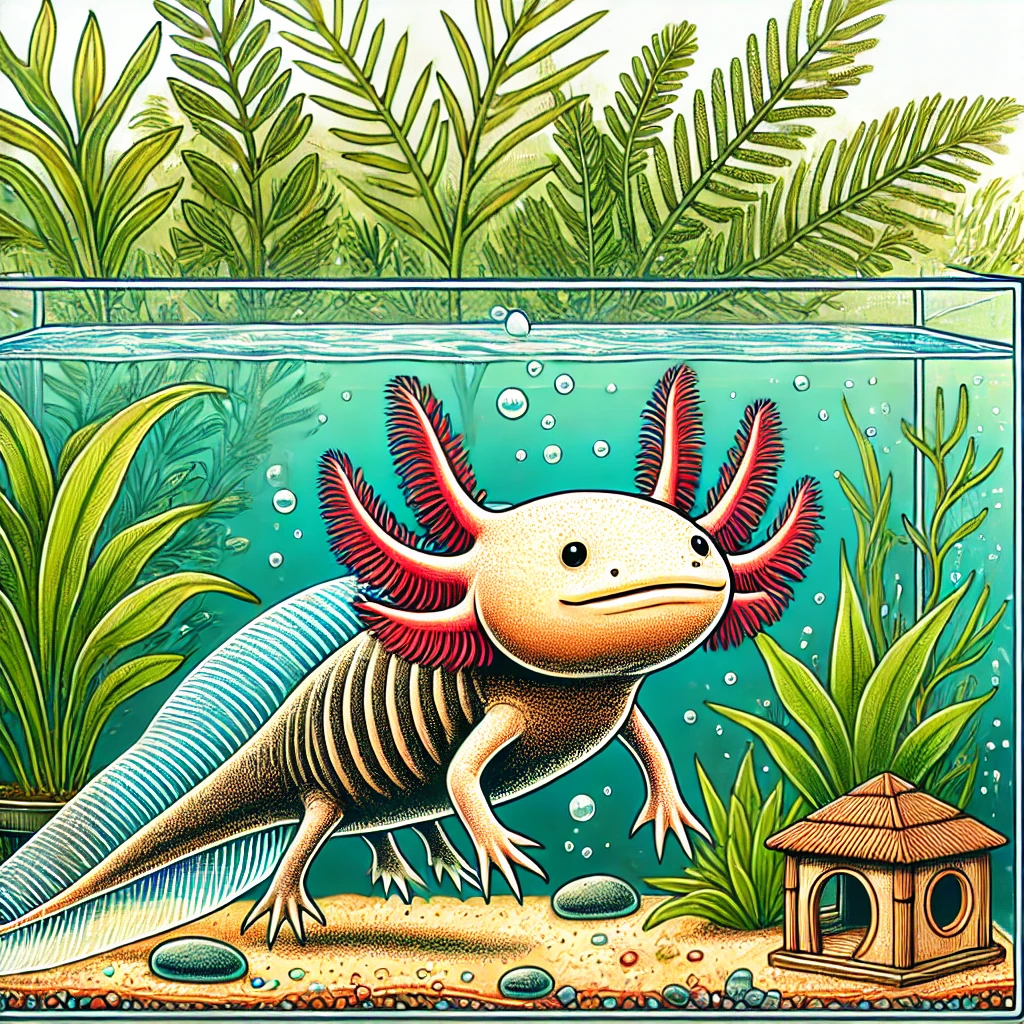Today, we delve into the remarkable world of a sea creature known as the horseshoe crab. Despite its name, the horseshoe crab is not actually a crab, but rather a relative of spiders, ticks, and scorpions. With their unique appearance and intriguing biology, horseshoe crabs have captivated scientists and nature enthusiasts alike. Let’s explore more about these ancient creatures.
An Ancient Lineage
Horseshoe crabs belong to a group of marine arthropods that have existed for over 450 million years, making them one of the oldest living species on Earth. Their lineage dates back to before the age of the dinosaurs, and they have remained relatively unchanged for hundreds of millions of years. This incredible longevity is a testament to their successful adaptation to various marine environments.
Species and Distribution
There are four known species of horseshoe crabs:
- Limulus polyphemus: Found along the Atlantic and Gulf coasts of North America, from Maine to Mexico. This species is the most well-known and studied.
- Tachypleus tridentatus: Inhabits the coastal waters of Southeast Asia, particularly in Japan, China, and the Philippines.
- Tachypleus gigas: Found in the coastal regions of Southeast Asia, including India and Indonesia.
- Carcinoscorpius rotundicauda: Also found in Southeast Asia, with a range extending from India to Malaysia.
Anatomy and Physical Characteristics
Horseshoe crabs are easily recognizable by their hard, horseshoe-shaped carapace, which provides protection from predators. Despite being named crabs, their closest relatives are actually arachnids, such as spiders and scorpions. They possess several distinctive features:
- Twelve Legs: Horseshoe crabs have twelve legs, with the first pair modified into pincers. These pincers are small and incapable of harming humans, primarily used for handling food.
- Eyes: They have ten eyes in total, including a pair of compound eyes that are sensitive to light and help them navigate their environment. These eyes can detect UV light, which is particularly useful for their nocturnal activities.
- Tail: Known as a telson, the tail is long and spiked, resembling a scorpion’s tail. It is not used for defense but rather to help the crab flip itself over if it gets turned upside down. It is crucial never to pick up a horseshoe crab by its tail, as this can injure the creature.
Behavior and Ecology
Horseshoe crabs are predominantly nocturnal, spending much of their time buried in the sand or mud of shallow coastal waters. They emerge at night to feed on worms, mollusks, and other small marine organisms. Their feeding behavior involves using their legs to crush and grind food before passing it to their mouths.
One of the most fascinating aspects of horseshoe crab behavior is their spawning process. Each year, during high tides in the spring and summer, thousands of horseshoe crabs come ashore to lay their eggs. This event is a critical ecological phenomenon, as the eggs provide a vital food source for migrating shorebirds. The Delaware Bay, in particular, is renowned for its large concentrations of horseshoe crabs during spawning season.
Importance to Humans
Horseshoe crabs play a significant role in both ecology and human medicine. Their blue blood contains a unique substance called Limulus Amebocyte Lysate (LAL), which is extremely sensitive to bacterial endotoxins. This property makes it invaluable for testing the sterility of medical equipment and vaccines. The LAL test is a standard procedure used worldwide to ensure the safety of pharmaceutical products.
However, the use of horseshoe crabs in biomedical research has raised conservation concerns. Populations of horseshoe crabs have declined in some regions due to overharvesting for bait and biomedical purposes. Efforts are underway to develop synthetic alternatives to LAL and to implement more sustainable harvesting practices to protect these ancient creatures.
Conservation and Threats
The conservation status of horseshoe crabs varies among species and regions. While Limulus polyphemus is currently listed as “Near Threatened” by the International Union for Conservation of Nature (IUCN), the Asian species face more significant threats due to habitat loss, pollution, and overexploitation.
Conservation efforts focus on protecting critical habitats, regulating harvesting practices, and raising public awareness about the importance of horseshoe crabs. Marine protected areas and seasonal restrictions on harvesting during spawning periods are some of the measures being implemented to safeguard their populations.
Conclusion
Horseshoe crabs are truly remarkable creatures, with a history that spans hundreds of millions of years. Their unique anatomy, fascinating behaviors, and ecological importance make them a subject of great interest and value. As we continue to learn more about these ancient mariners, it is crucial to ensure their conservation and protect them from the threats they face.
If you ever come across a horseshoe crab, remember to admire it from a distance and never pick it up by its tail. These gentle creatures play a vital role in our ecosystems and in the field of medicine, and they deserve our respect and protection.
So, the next time you think of the horseshoe crab, remember its incredible journey through time and the significant contributions it makes to both nature and science. Thank you for your time, and I hope you enjoyed learning about these fascinating sea creatures.



